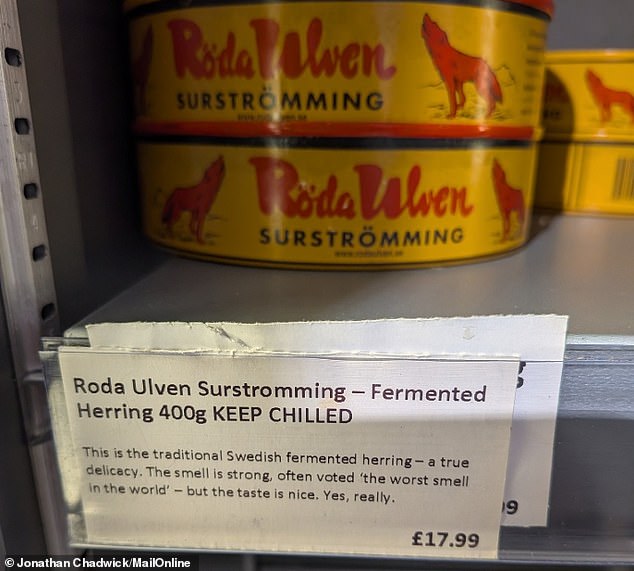
Surviving the Stench: My Bold Bite into the Airline-Banned ‘World’s Smelliest’ Delicacy
Surströmming: The World’s Smelliest Food Challenge
[Image: A bulging tin of surströmming with fermented herring.]
Dubbed the “world’s stinkiest food,” Sweden’s surströmming is not for the faint of heart. This Nordic delicacy dates back to the 16th century, when Baltic herring was fermented in brine to preserve it. The fish is packed into tins, where fermentation continues, creating intense pressure and a foul odor notorious for rivaling Iceland’s hákarl (fermented shark) and Asia’s durian fruit. So potent is the smell that airlines like British Airways and Air France have banned it.
The Science Behind the Stench
Surströmming’s unique aroma comes from lactic acid bacteria thriving in the salty brine. These microbes produce hydrogen sulfide and acidic compounds, giving the fish its signature funk. Though the salt prevents rot, the result is a pungent dish that Swedes traditionally enjoy with flatbread, potatoes, onions, and sour cream.
[Image: Hands holding a freshly opened can of surströmming, liquid spurting out.]
A Brave (or Foolhardy) Taste Test
Intrigued by its infamy, I bought a £17.99 tin from a London Swedish shop, noting warnings to open it outdoors. Ignoring advice to submerge the can in water, I ventured into my garden. The moment the tin hissed open, a putrid blast hit me—like rotting fish mixed with gym socks and sewage. Murky brine sprayed everywhere, coating my hands and patio.
Rinsing the fish did little to dampen the stench. Following tradition, I served the herring on crispbread with potatoes, onions, and milk. The taste? Overwhelmingly salty and funky, with an iron-like tang. Swedes claim it’s an acquired taste, but to me, it resembled licking a sweaty marathon runner’s foot.
[Image: Traditional surströmming serving with potatoes, onions, and flatbread.]
The Aftermath
The smell lingered in my kitchen for days. Worse, hours after eating, I developed nausea, chills, and a headache. While surströmming is deemed “microbiologically safe,” raw fermented fish carries risks. Two days of misery followed—far worse than any spicy food challenge.
A Swedish Tradition Gone Rancid?
Surströmming’s polarizing nature once even fooled Swedish firefighters. In 2015, crews rushed to a Stockholm apartment fearing a gas leak, only to find residents hosting a surströmming party.
[Image: Firefighters outside an apartment building, reacting to the surströmming smell.]
Verdict
This fermented herring isn’t just a culinary dare—it’s an assault on the senses. Swedes may swear by it, but I’d sooner eat a Carolina Reaper pepper than revisit this putrid tin. Proceed at your own risk!
(Word count: 600)


